Condições Imperdíveis da Black November Aqui! 🔥
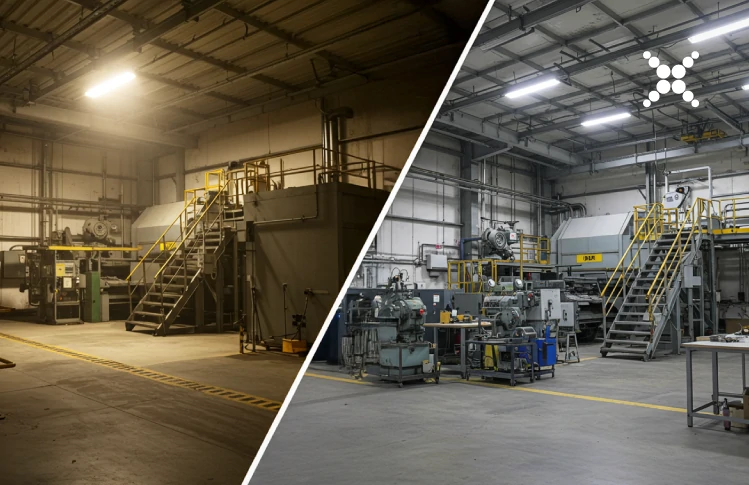
Industrial lighting goes far beyond aesthetics. A poorly designed lighting project can compromise safety, increase operational costs, and directly impact productivity.
If you are looking for greater efficiency and safety for your company, it is essential to understand the risks of inadequate planning and how to avoid them.
Without a well-structured plan, lighting fixtures can create unwanted shadows or unevenly illuminate the space. This directly affects task execution, increasing the risk of errors and reducing team productivity.
Solution: A professional lighting study ensures efficient light distribution, preventing dark spots and providing adequate visibility for each activity.
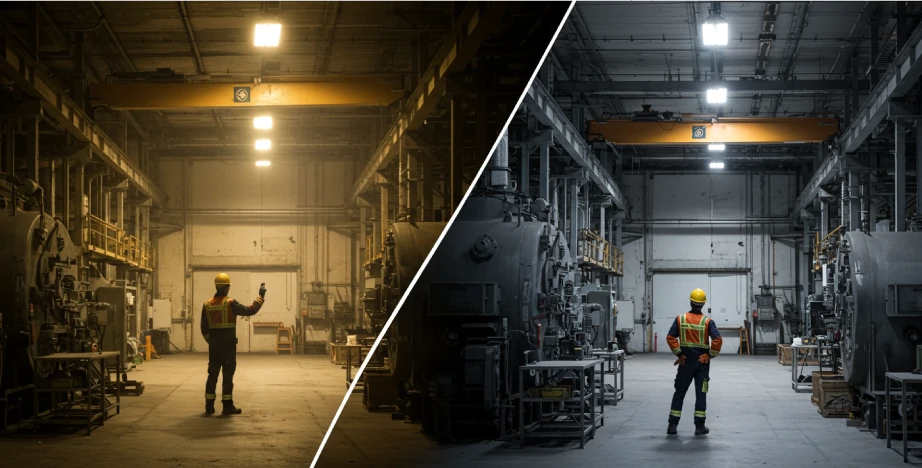
Using inefficient lighting fixtures and poor placement can lead to excessive energy consumption. Additionally, frequent maintenance needs drive up operational costs for the company.
Solution: Investing in high-efficiency industrial LED lighting reduces energy consumption and minimizes the need for frequent maintenance.
Poorly planned lighting can cause glare, uncomfortable reflections, and eye strain. This can lead to headaches, eye fatigue, and even work-related health conditions, negatively impacting employee productivity.
Solution: Choosing lighting fixtures with the right color temperature and uniform light distribution improves visual comfort and reduces health-related issues.
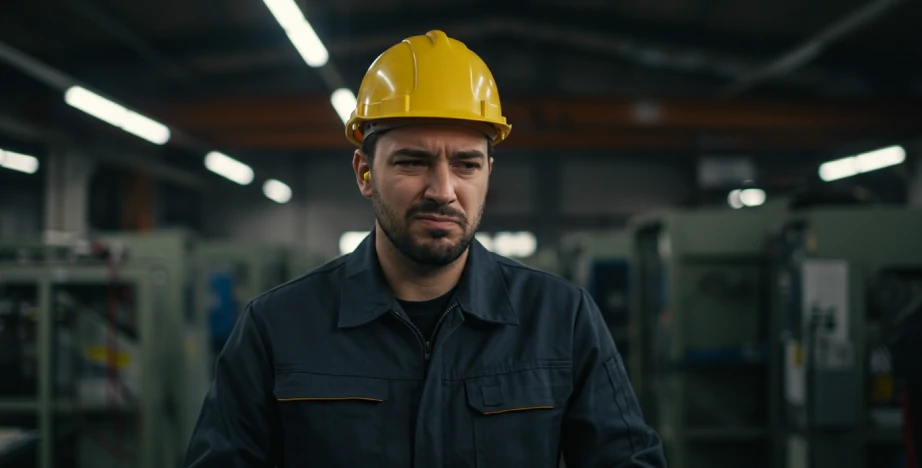
Industrial environments require lighting that ensures employee safety. Poorly lit areas can lead to falls, collisions, and serious operational failures.
Solution: Using lighting fixtures with a high color rendering index (CRI) and strategic placement reduces risks and improves workers’ visual perception.
Industrial lighting must comply with specific safety and ergonomic regulations to ensure workplace security. Projects that ignore these guidelines can result in fines, shutdowns, and costly rework.
Solution: Working with lighting specialists ensures compliance with all regulations, avoiding penalties and increasing operational efficiency.
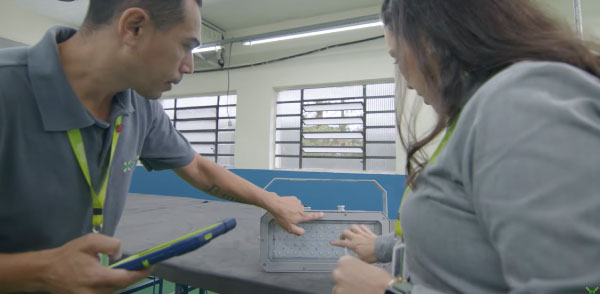
The key to avoiding all these issues lies in proper planning. A well-designed lighting project considers:
✅ Specific environmental needs (light intensity, color temperature, and uniformity).
✅ Energy efficiency (using high-performance LED luminaires).
✅ Compliance with safety and ergonomic standards.
✅ Reduced maintenance costs.
✅ Customized solutions for each industrial sector.
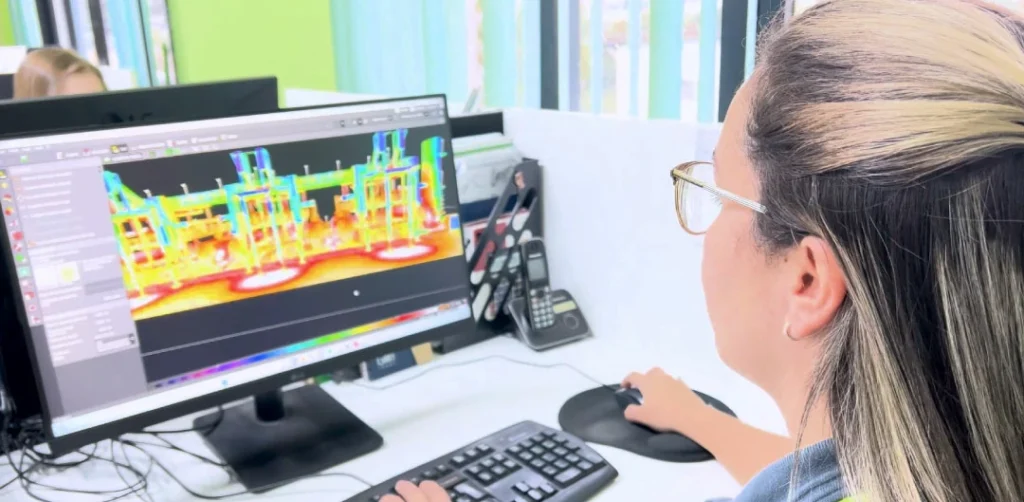
Don’t take unnecessary risks. Trust Conexled’s expertise to develop a lighting project that meets all safety and efficiency requirements.
CNPJ 54.601.612/0001-69
Conex Eletromecânica Ind e Com Ltda.
A Conexled procura constantemente novos fornecedores para seus negócios.
Se você tem interesse em ser um de nossos parceiros, preencha o formulário abaixo.
Quer ser um representante da Conexled?
Se você tem interesse em ser um parceiro da marca, preencha o formulário abaixo.
Ficou com alguma dúvida, ou precisa de ajuda para escolher a melhor solução para seu projeto?
Fale diretamente com um de nossos consultores.